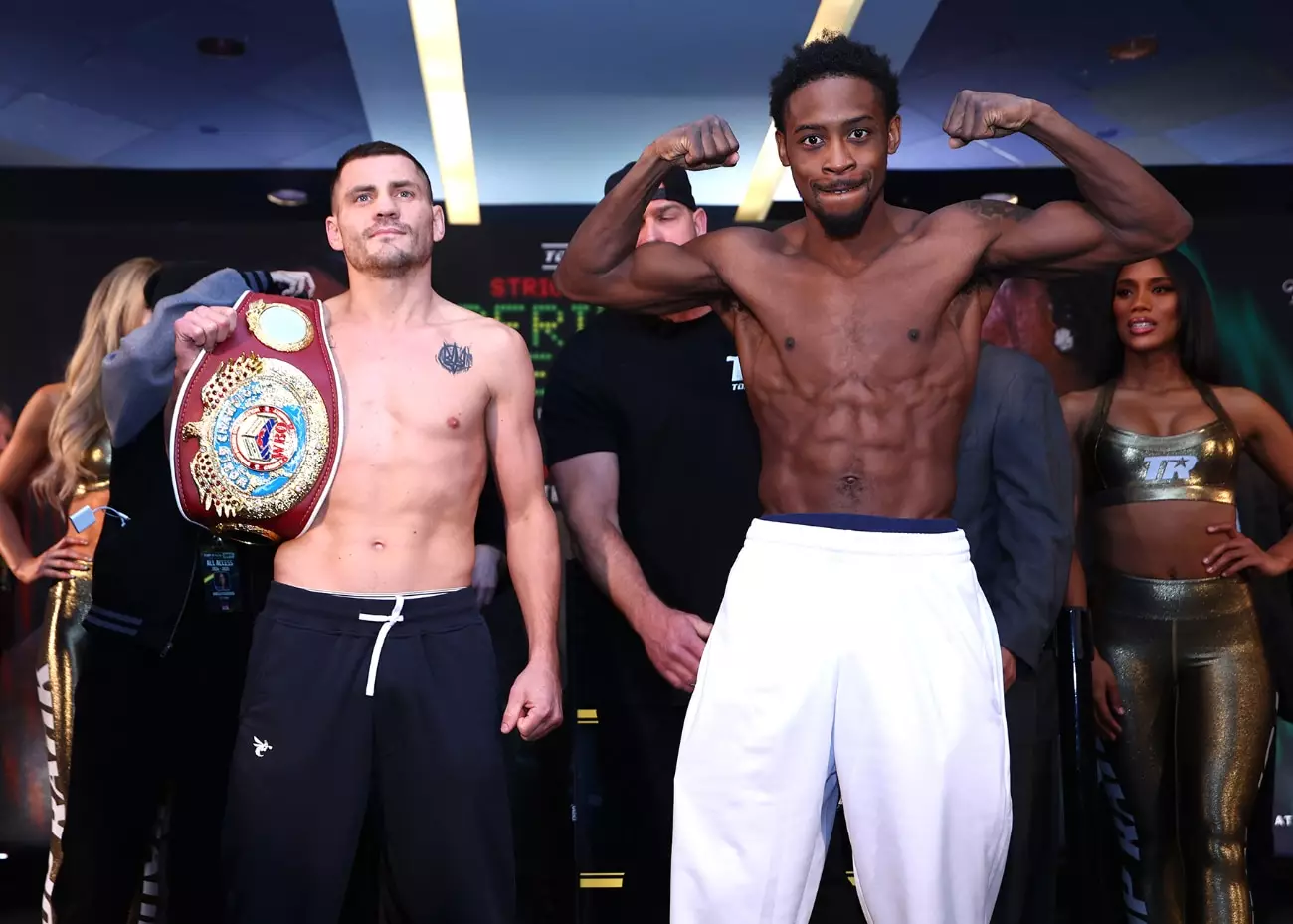By Maestro Amílcar Barnett M., The Bronx, NY, USA
Rivalries often ignite with a fiery intensity, but recent developments between Keyshawn Davis and Teofimo Lopez have added a significant layer of complexity. Davis has publicly asserted that he will not engage in a fight against Lopez due to what he perceives as a racist incident. This drama unfolded when Davis discovered that it was Lopez who had sent a box containing bananas and watermelons to his room—a gesture that Davis found offensive and racially charged. In expressing his disapproval, Davis not only labeled Lopez as a racist but also declared that participating in a fight against him would be tantamount to aiding someone he considers morally reprehensible.
While the intensity of sports rivalries is not unusual, the involvement of racial symbolism raises critical questions about the ethical boundaries within athletic competition. This incident exemplifies how personal and societal issues can collide explosively within the sporting arena, leading to broader discussions about accountability and conduct among athletes.
Davis’s decision to refuse a fight against Lopez went beyond merely reacting to an alleged racial slight; he framed it as a disavowal of financial complicity in what he perceives as Lopez’s need for a lucrative bout to resolve his financial troubles. According to Davis, Lopez is in a precarious financial situation, which has made him desperate for a major payday. This claim adds a layer of complexity, insinuating that Lopez’s actions might stem from his need for financial relief rather than pure competitive spirit. Davis’s accusations suggest that Lopez may be leveraging the rivalry to gain relevance as he navigates the tumultuous waters of personal finance and professional standing.
By dismissing the possibility of a fight with Lopez, Davis positions himself not only as a fighter with integrity but also as someone who prioritizes principle over profit. However, one must consider whether this principled stance is genuinely admirable or merely a strategic decision to save face; his future challenges could force him to reassess his relationship with Lopez, especially if he faces a setback in his upcoming bout against Denys Berinchyk.
The role of the media in shaping narratives around these incidents cannot be understated. Public reactions and interpretations are often influenced by the press, which magnifies both the racial implications of the event and the personalities involved. It is crucial to recognize that media framing can either reinforce or dismantle stereotypes, depending on how narratives are curated. Keyshawn Davis’s comments about not wanting to “help out” Lopez imply a moral superiority that might appeal to audiences seeking heroes in the boxing ring, while simultaneously leaving him open to accusations of grandstanding.
However, Davis also found himself needing to wade back on some of his inflammatory remarks, as he later issued an apology—of sorts—to Berinchyk, mistakenly attributing the racial stunt to him initially. This backtracking demonstrates the precarious balance athletes must maintain between authenticity and their image as role models. In the age of social media, every word can be scrutinized, leading fighters to navigate their remarks with increased caution.
Davis’s confrontation with Lopez taps into a wider conversation about race, prejudice, and the efficacy of activism within professional sports. As dialogues around racism gain traction globally, athletes like Davis are thrust into the role of advocates. Their platforms offer immense potential for challenging systemic issues, but the risk of personal conflict complicates these efforts.
Ultimately, Davis’s refusal to fight Lopez echoes a sentiment that could resonate deeply within the sport—athletes reinforcing their values rather than simply embracing the business of boxing. It fosters a narrative where principles might define legacies alongside victories and titles. However, if Davis were to experience setbacks in the ring, it is plausible that his current stance could shift, revealing the complexities that lie beneath the surface of professional sports. The recent confrontation holds the potential to catalyze broader discussions about the intersection of finance, race, and ethics in boxing and beyond, laying bare the sometimes unflattering realities of the sports industry.


Leave a Reply